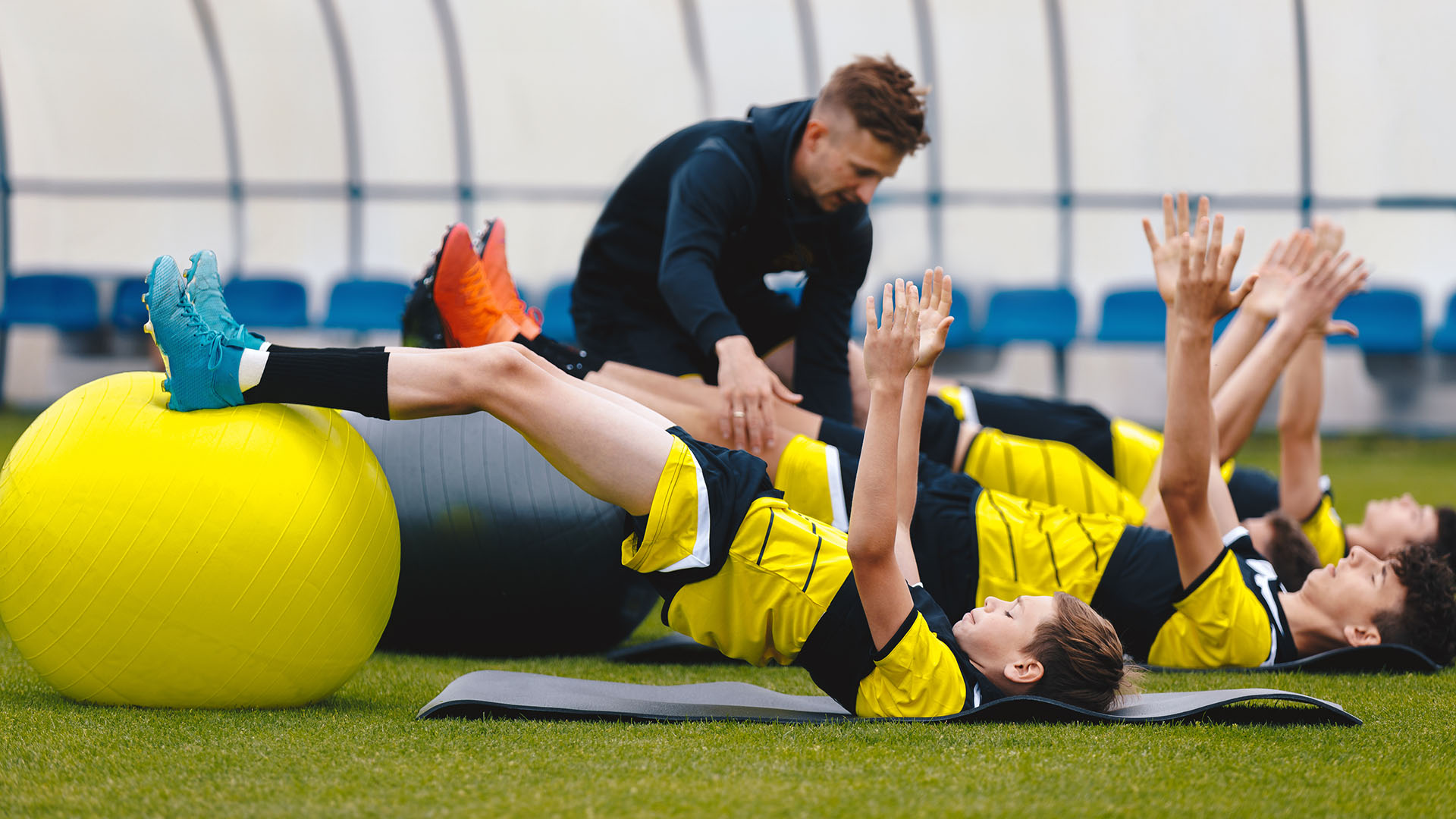Imagine stepping into a game or your next training session with the confidence that your body is primed to perform and protected against injury. That’s not wishful thinking anymore—it’s a reality made possible by incredible advancements in sports medicine. Thanks to these advancements, we’re seeing a revolution in how injuries are understood, anticipated, and, most importantly, prevented.
Whether you’re a dedicated marathoner, a weekend tennis enthusiast, or just someone looking to stay active and injury-free, these breakthroughs are changing the game. From high-tech wearables that spot risks in real time to tailored training plans designed for your unique needs, prevention is now the ultimate playbook for peak performance.
Here are some groundbreaking trends helping transform sports medicine and keep athletes in their prime.
Advanced Wearable Technology
Wearable technology has revolutionized not only how athletes track their performance but also how they detect early warning signs of injury. Devices like smartwatches, fitness trackers, and even sensor-embedded clothing now allow athletes to monitor metrics such as heart rate variability, stride patterns, muscle activation, and joint stress in real-time.
For example, GPS-enabled wearables used by soccer players can measure the intensity and duration of sprints during matches. If the data shows that an athlete is exceeding their optimal workload, coaches and sports medicine professionals can intervene to adjust training or recovery protocols, helping to prevent overuse injuries like shin splints or stress fractures.
These devices aren’t just for elite athletes. Weekend warriors and sports enthusiasts can also harness wearable technology for safer training. Many commercially available wearables now feature advanced capabilities such as injury risk alerts and even guided recovery recommendations.
Personalized Training Plans
Gone are the days of one-size-fits-all training regimens. Sports medicine experts now emphasize individualized plans tailored to each athlete’s unique biomechanics, physical condition, and injury risk factors. Personalized programs often begin with comprehensive assessments that include strength testing, mobility evaluations, and even genetic profiling.
A sprinter, for instance, may have specific muscular imbalances in their legs that predispose them to hamstring injuries. A tailored plan would focus on correcting these imbalances with targeted exercises, while ensuring training loads are managed effectively to avoid strain.
These customized training plans also benefit people participating in community sports leagues or individual exercise routines. By identifying weak areas and correcting improper techniques, individuals can minimize injury risks while improving their overall athletic performance.
Proactive Recovery Methods
Recovery is no longer something athletes consider only after an injury. Proactive recovery strategies are now an integral part of injury prevention. Modalities such as cryotherapy, compression therapy, and percussive devices like massage guns are regularly used by athletes to reduce muscle soreness and improve circulation.
Take cryotherapy, for example. By subjecting the body to extremely low temperatures for short durations, athletes can reduce inflammation and accelerate muscle repair. Many professional athletes swear by this process to stay a step ahead of potential injuries. Similarly, tools like foam rollers and recovery boots are gaining popularity among amateur athletes as well, making these methods accessible to a wider audience.
At FLEX Institute, recovery protocols are tailored based on the athlete’s activity level and specific needs. Whether it’s using therapeutic modalities or providing guidance on effective rest days, these efforts aim to help patients maintain peak condition while avoiding setbacks.
Smarter Data Analytics
The role of data in sports medicine has reached new heights. By analyzing patterns over time, medical professionals can predict potential injuries even before symptoms arise. Advanced tools such as biomechanical analysis systems or motion-capture technology enable therapists to assess movements with pinpoint precision.
For example, basketball players repeatedly jump and change direction during a game, placing enormous stress on their knees. Using video analysis software, clinicians can identify anomalies in landing patterns that increase the risk of ACL injuries. This insight allows athletes to modify their movements and avoid injury.
Data analytics doesn’t stop with professionals. Local schools, gyms, and training centers in Shreveport and Bossier City are starting to integrate tools like force plates and gait analysis systems to support athletes in improving their performance while minimizing injury risks.
Putting Prevention into Practice
The overarching goal of these advanced trends is simple yet powerful: catch problems before they escalate into injuries. While the technology and techniques may vary, the underlying approach of proactive care empowers athletes to prolong their careers and enjoy the sports they love without interruption.
At FLEX Institute, our team stays at the forefront of these advancements. By combining expertise in sports medicine with cutting-edge technology, we help our patients—from seasoned athletes to weekend runners—achieve better outcomes.
If you’re looking to optimize your performance or simply keep doing what you love without injury, incorporating these forward-thinking trends into your routine might be the answer. Prevention truly is the best medicine, and thanks to these innovations in sports care, tomorrow’s injuries can often be stopped before they start.
———————————–
Sources:
1. Wearable Performance Devices in Sports Medicine, PubMed Central, National Library of Medicine
2. Cutting-Edge Technology in Sports Medicine: How Wearables Are Changing the Game
3. Tech for Recovery: Can Wearables Help Athletes Prevent Injuries?
4. Finally, a Personalized Plan To Increase Your Speed and Prevent Injuries…


